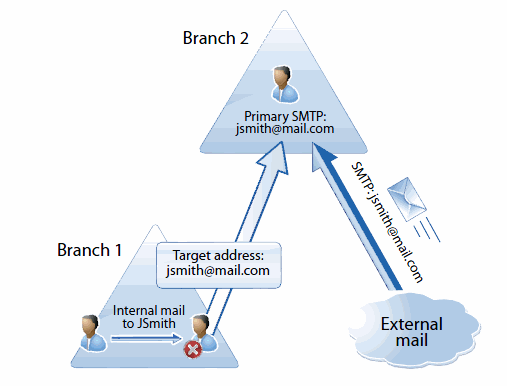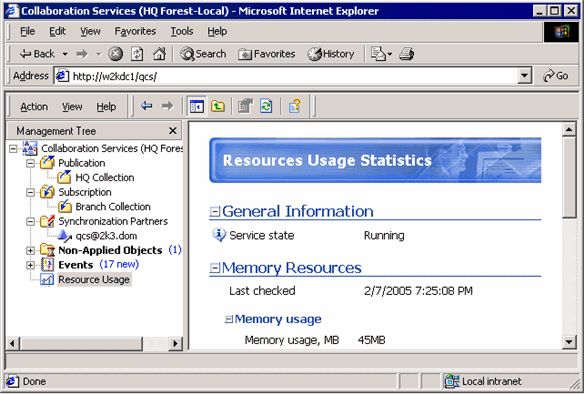Il portale Quest Software non supporta più Internet Explorer 8, 9, e 10. Si consiglia di aggiornare il browser all'ultima versione di Internet Explorer o Chrome.
Aggiornamento a Internet Explorer 11 Fai clic qui
Aggiornamento a Chrome Fai clic qui
Se continui a utilizzare Internet Explorer 8, 9 o 10, alcune delle utili funzionalità self-service non saranno disponibili.

